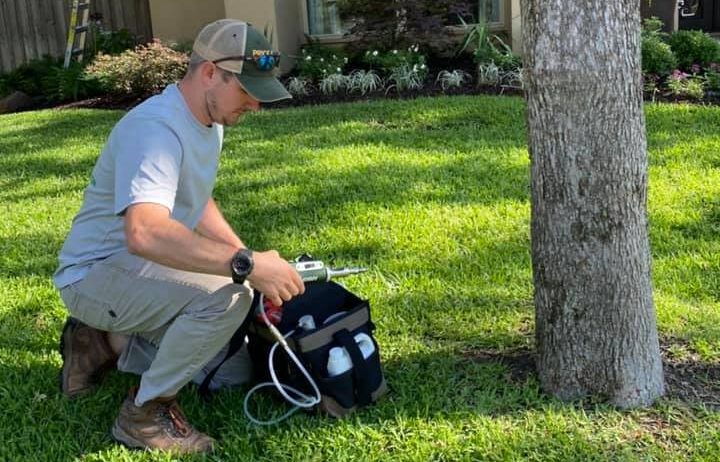
31 Mar Spring Checklist
It’s so important to be on the lookout for your trees and plants before things get worse and the damage becomes more expensive to repair. Here is a checklist on things you should check for during this spring season:
Check Branches. Look for broken or dangling branches or cracks where branches attach to the trunk. Branches that are missing bark or growing fungus can be signs of decaying wood and potential structural problems. Narrow angles at the point where branches attach to the trunk can be weak and prone to breaking; this is especially common with elm and maple trees.
Check Leaves. As spring progresses, the tree should leaf out evenly with healthy-looking foliage. Uneven coloring or slow growth in portions of the tree may be signs of problems. Most mature trees need little fertilizer, but specific nutrient deficiencies indicated by poor or uneven foliage color may need to be corrected. You should also check leaves for signs of insect damage.
Check Roots. Fungus or mushroom growth on large anchoring roots, along the base of the trunk, or on soil near the tree can indicate decay. Cavities or hollows near the base of the tree or in large roots can also be a sign of trouble. Cracked or raised soil on one side of a tree trunk could indicate the start of leaning and weakness. New construction and soil compaction can also damage roots.
Check Trunks. Look for cracks, cavities, oozing wounds, or sunken or missing bark. Mushrooms or fungal growth can also be a sign of decay and structural weakness.
Any of these symptoms can diminish a tree’s stability. The exterior of a tree may appear fine except for a small crack, cavity, or fungus, while the interior may be rotted, soft, or even empty.

